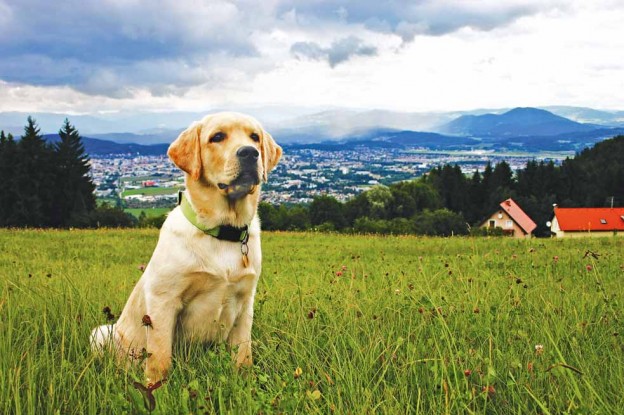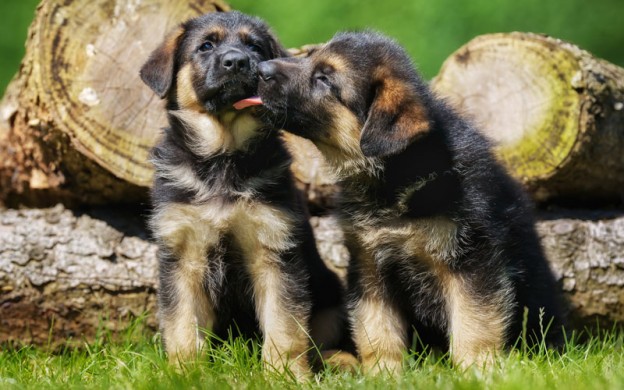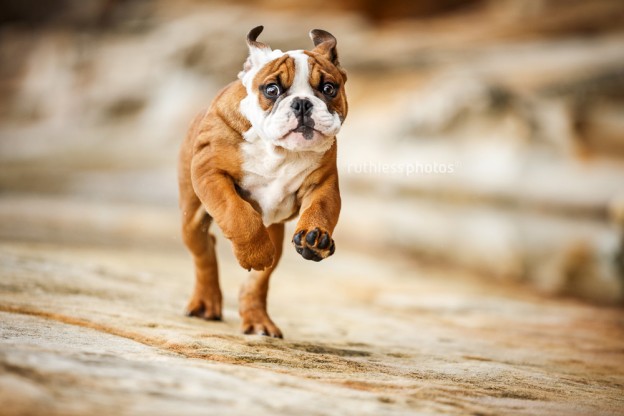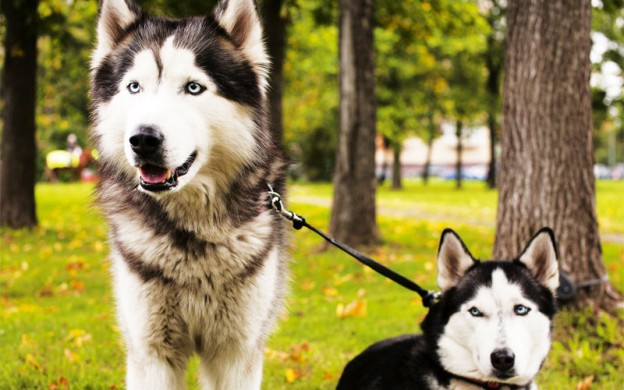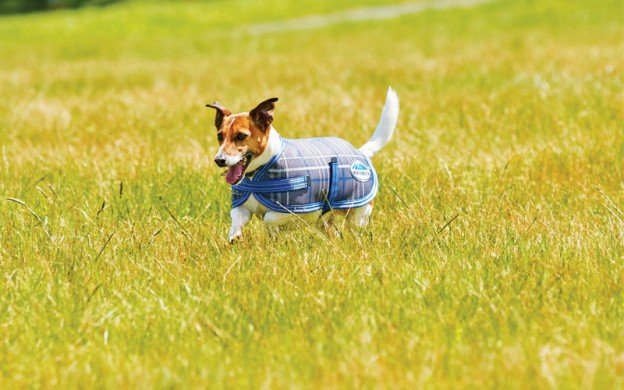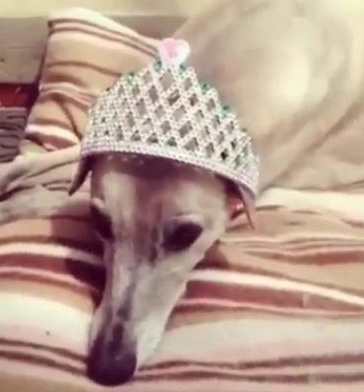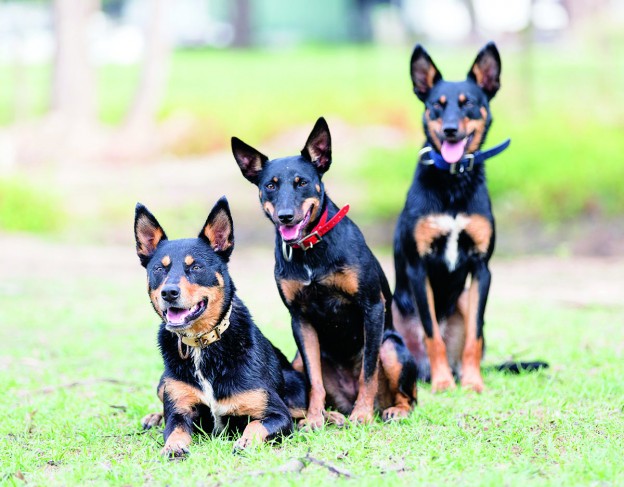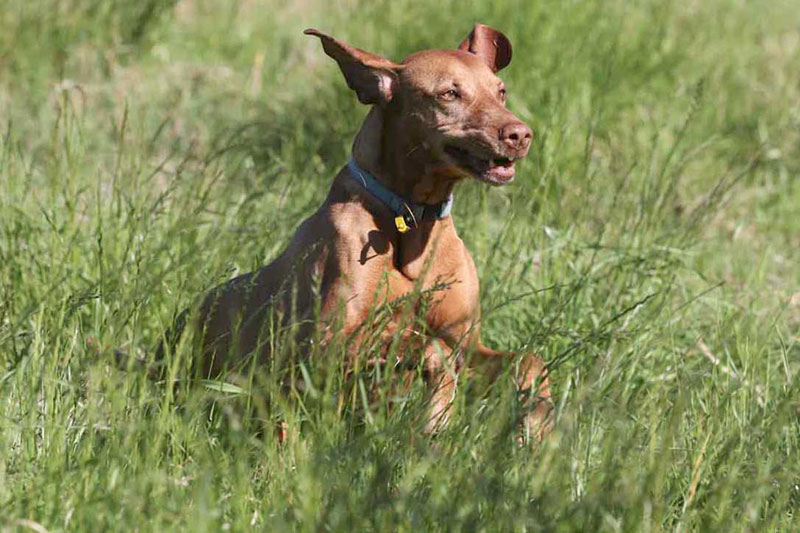
Bushwalking is a favourite Australian pastime of the nature-oriented and those looking to improve their fitness. Bringing your dog with you on a bushwalk can be very beneficial. It allows them to see and smell a new environment and get some fresh air and exercise too.
The bush might be relatively safe for humans, with our size and capacity to understand the rules, but for dogs there are a few more opportunities for things to go wrong.
Joel Barrett shares the best tips to help both you and your four-legged friend come home safe from your trek through nature.
- Research the walk
There are really two steps within this step – firstly pick an appropriate walk, and secondly learn the details of that path.
Bear in mind that in many national parks dogs are prohibited, so ensure you don’t accidentally pick a walk through one of those.Picking an appropriate path is a matter of figuring out what both you and your pooch are capable of. If your dog often tires before you on walks, focus on catering the walk to their needs; if you get puffed while your dog is still raring to go, then look at defining the walk according to your limits. Remember that distance on a bushwalk rarely equates to distance walked around the neighbourhood. All sorts of other factors come into play, such as steepness and terrain, and these factors will likely adjust the distance. It’s better to finish the walk and still want more then to get halfway and find yourself struggling.Once you’ve decided on a path, get as much information as you can on the specifics of the route. If your dog is unsure around water and the path crosses a stream, you’ll want to reconsider it. If you struggle with heights and the walk takes you through narrow paths next to cliffs, save yourself the panic and rethink it. - Pack appropriately
Make sure you bring plenty of water, and if there is limited tree cover, bring along some sunscreen for your dog’s most sun-sensitive areas (make sure it’s free of Zinc Oxide though). Don’t forget to bring some bags with you in case your dog has to answer nature’s call during the walk.
Consider bringing tweezers in case your dog gets anything lodged in its paw during the walk. The bush floor is not known for being especially forgiving. - Use a leash
While you are a visitor to the bush today, there are a large number of plants and animals who call it their home. Even the best behaved dogs can behave unexpectedly when faced with something they’ve never experienced before.Not only will using a leash keep nature safe, it’ll keep your dog safer too, allowing you a chance to more closely monitor their actions. If they can’t run ahead then they can’t eat anything they shouldn’t, or get too close to any potentially harmful elements, like a snake on the path. While a snake left unthreatened should avoid you and your pet, your dog would likely not recognise the risk, and curiosity might get the better of them. - Stick to the path
Why spend all that time researching a path only to abandon it? Sticking to the path will make staying safe exponentially easier as the ground is cleared and easily visible for scanning. Wild animals which frequent the area would learn to avoid the path if they want to avoid human activity and will keep out of your way. Wandering off the path is also a very good way to get lost, which is something you’ll probably want to avoid, especially if you’re in an area without phone reception and you left your map and compass at home. - Scan ahead and be vigilant
Pretend you’re driving a car is the best way to describe this tip. It’s not to say that you can’t relax, just to be aware of what is coming and any unexpected events that might require your attention, or a change in direction. Is there an unreported rock-fall on the path? A wild animal ahead? Adjust, slow down, and go back if required. Remember that nature can change rapidly and without warning. It’s okay to go back if that’s the only safe option available to you.
Bushwalking can be a wonderfully fun activity and a great chance to spend some quality time with your pooch. Follow the tips above and make the most of the experience.

